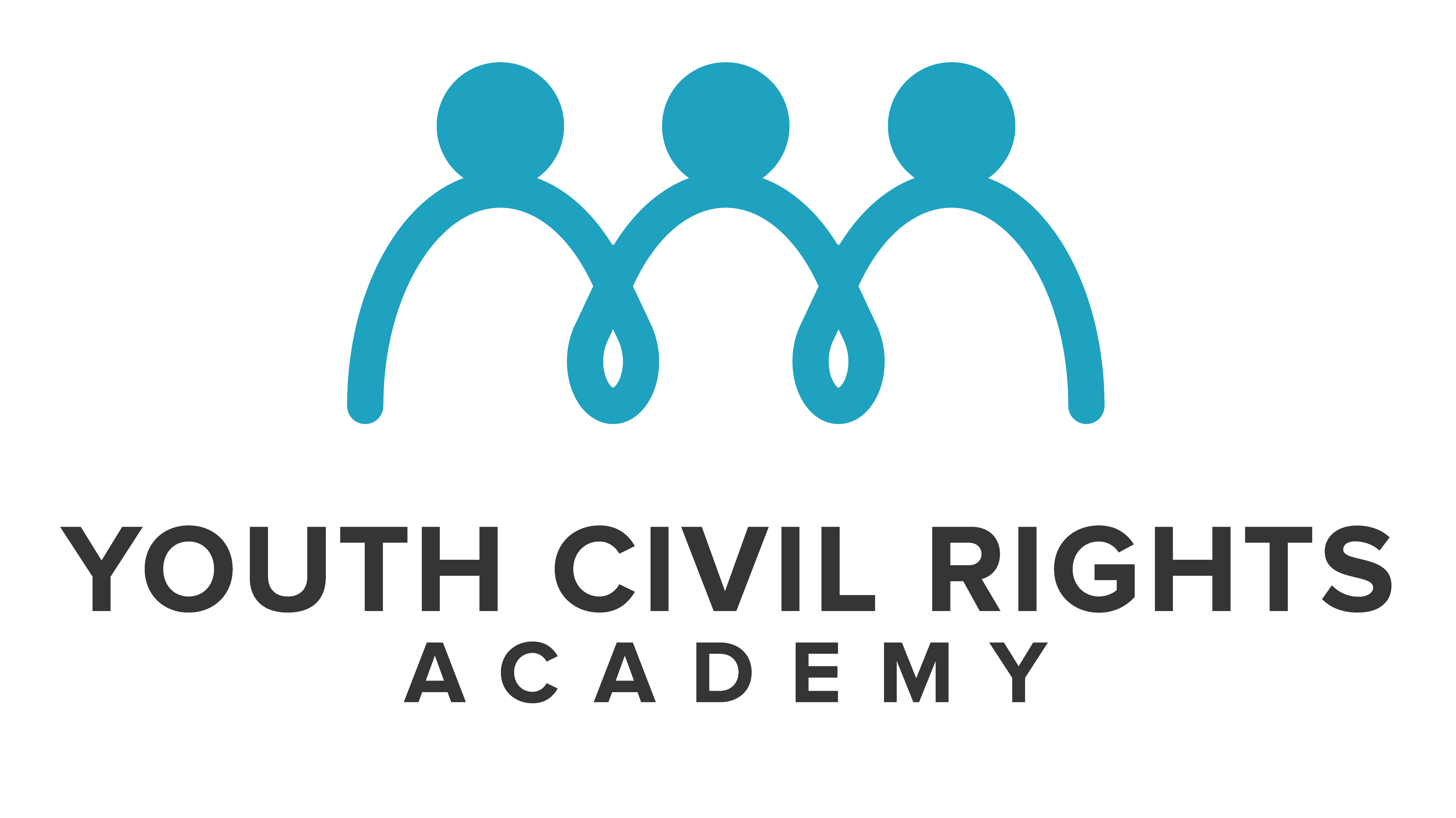
Strategies for Community Change
WHICH STRATEGY HAS THE MOST POTENTIAL FOR EMPOWERING YOUNG PEOPLE?
Community change has several strategies, but there is a tendency for young people to become limited in their strategic orientation. This is especially true when adults steer youth into a few safe strategies rather than challenging ones and, in so doing, they accept the choices that adults allow.
Thus, adults encourage youth to sweep the streets rather than protest the sanitation department, or to tutor in the schools rather than challenge inequities in education. Or, adults invite a youth representative to serve on the board of an adult agency, but then dominate discussions and silence the young person, sometimes causing them to withdraw from participation, not because they are withdrawn, but rather because they are silenced.
However, it is as mistaken to become captive to a single strategy as it is to ignore the other options available. Adults who work with young people are in a position to help them understand that there is no single strategy for achieving community change. There are several strategies from which to choose, including the following:
Mass mobilization – amassing individuals around issues through highly visible public demonstrations, such as when they plan demonstrations against racial discrimination.
Grassroots organizing – building powerful organizations for social and political action to “empty the shelters,” “take back the park,” or “save the environment.”
Youth on boards – representing young people in committees and meetings of adult agencies, such as when they have a seat on the school board or city planning commission.
Civic engagement – teaching young people how to engage in established civic institutions, such as how to vote in elections, or speak in public hearings.
Public advocacy – representing group interests in legislative or other institutional arenas, such as when they lobby legislators to show support for youth programs.
Popular education – raising consciousness and strengthening confidence through small group meetings, such as when they educate themselves about the root causes of poverty, and discuss alternative solutions.
Local services – such as when young people create an alternative program of their own — like a school for change — at the community level.
DISCUSSION QUESTIONS:
- Which of these strategies has the most potential to empower youth in your community? Are there ones which fit best with your personal style, or in the community of which you are part?
- Which ones would adults choose for young people? Which ones would youth themselves choose?
- How can adults better prepare young people for their roles as change agents?
- What are the obstacles to creating community change? What can be done to overcome the obstacles?
RESOURCES FOR TEACHERS:
- Teaching Values and Purpose for Social Change ssir.org › articles › entry › teaching_values_and_purpo…
- Resistance 101: A Lesson on Social Justice Activists and …www.teachingforchange.org › resistance101
- Teaching for Change. www.teachingforchange.org 10 Ways Youth Can Engage in Activism. www.adl.org › resources › tools-and-strategies › 10-wa…
- The Citizen’s Handbook. (2019), http://www.citizenshandbook.org/toc.html Four Forms of Youth Civic Engagement for Diverse Democracy. B. Checkoway and Adriana
The academy aims to prepare a new generation of civil rights leaders. For more information contact Barry Checkoway ([email protected]). #youthcivilrights

